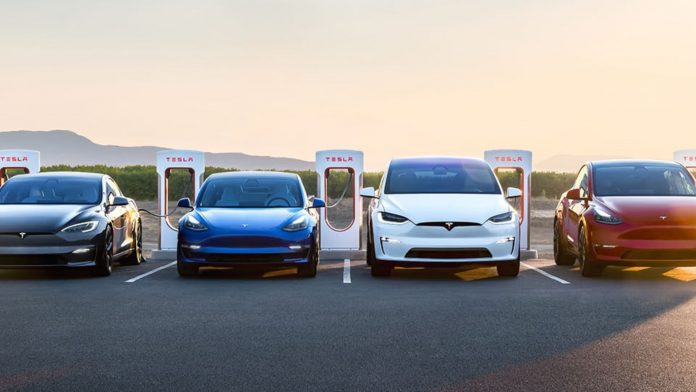A recent study from iSeeCars sheds light on the driving habits of electric vehicle owners compared to their internal combustion engine counterparts. The study analyzed data from over 860,000 vehicles sold in 2020 to determine the average mileage of EVs and compare it to that of traditional three-year-old cars.
According to the study, the average three-year-old EV covers approximately 9,059 miles annually. The Tesla Model X, which averages 10,378 miles annually, tops the list. Following closely behind are the Model Y (10,199 miles), Model 3 (9,960 miles), and Model S (9,340 miles). Tesla’s dominance is likely the result of its solid range capabilities and an extensive public charging network.


Data chart by iSeeCars
However, it is important to note that electric vehicles still fall short in terms of mileage when compared to ICE vehicles. iSeeCars suggests that EVs would need to achieve a driving range of 440 miles to match the mileage of gasoline vehicles. To put it into perspective, this would require an additional 161 miles more than the current average of 279 miles.
Furthermore, three-year-old EVs cost $45,147 on average, 47% higher than the price of ICE cars, which comes in at $30,760. However, EVs are driven approximately 29% less, covering an average distance of 9,059 miles, compared to the 12,758 miles their traditional counterparts traverse yearly.
“Several factors contribute to EVs being driven less, including their common role as a second or third vehicle in a household, and being used less often for road trips,” says iSeeCars Executive Analyst Karl Brauer. “But the most powerful factor may be an EV’s battery range and the associated range anxiety.”
Range anxiety is still a persistent issue for owners of electric vehicles. Even though EVs typically have more than enough range for daily trips to work or the grocery store, drivers still mitigate their usage because of psychological barriers.
“Range anxiety is less about being stranded in the middle of nowhere and more about the ‘refueling’ process for electric vehicles,” Brauer adds. “In a gasoline car, regardless of how far you’re going, there are always plenty of refueling options and the process takes 5 to 10 minutes. Until EVs can offer that level of convenience at a comparable cost, they will be at a distinct disadvantage in terms of use and market demand.”
Editor’s note: This data only pertains to cars sold in 2020, so newer EV models like the Ford F-150 Lightning, Cadillac Lyriq, and Toyota bZ4X are omitted.




